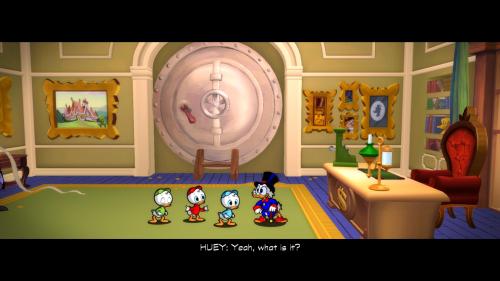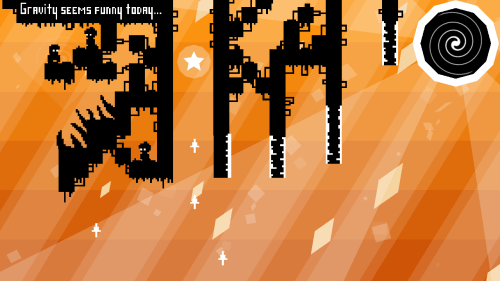You know, I’d be lying if I said there weren’t times where GHG felt like work. And not the kind of work you love, but the kind of work you dread. It took starting this blog to fully understand the laments of content creators not being able to create good content whenever they want.
It’s not the subject matter, though; I can write about games all day, every day. However, there are just some mornings where the topics don’t come to me, and even those I have stockpiled as easy backups? I’ll look at them, feel completely uninspired, and think to myself, “I’d rather take a nap.”
So what do I do when that happens? As much as I’d like to say that I run around town all Rocky-like with “Gonna Fly Now” pumping myself up full of ideas — which is a fantastic way to get energized, by the way — instead, I play something new.
I have a general rule where I like to stick to just 2 or 3 games at a time — usually from different genres — but if they’re longer games, that can get repetitive, even if I’m still having fun. I find that firing up something fresh is usually more than enough to break me out of that funk, and today, I was definitely feeling it.
So after about an hour of sitting around knowing I wanted to talk about the blog itself, I gave myself a figurative slap in the face, shook my head vigorously, took a look at my Steam library, and installed whatever jumped out at me. This time, it happened to be Guacamelee: Gold Edition.
Within the first few seconds, it was already making me smile with its clean, unique visuals and smooth controls. What beautiful music and funny dialogue too! I love it when games hook you like that, and you know almost instantly that you’re playing a great one.
I can’t wait to dive deeper into it. It’s been getting a lot of renewed attention with the Super Turbo Championship Edition that recently came out (but not yet for PC), and it’s always referred to as one of the better “Metroidvania”-style games, so it should be good. And if I do end up liking this, it will open doors for me to go back and play more of the Metroid and Castlevania series, many of which I have never played or finished.
In other news, I’ve been keeping my YouTube channel updated regularly with some random video clips, and I’ll be trying something new over the next week to make it a little more interesting, so stay tuned for that.
Editing the videos themselves has been a great experience, and it’s something I’ve enjoyed doing ever since high school. Although I haven’t done it for several years now, this has been a nice way to get comfortable with it again.
I use CyberLink PowerDirector 12, which is far from pro, but it gets the job done. Microsoft used to have a good built-in movie maker in Windows, but they ditched it in favor of something that became far too simplistic and limited. There’s probably a way to get that old version back, but that’s OK; it was worth upgrading to this instead. It’s stable, the editing tools are easy, previews are quick, and there are a lot of different output options, which is nice.
But I digress. Today’s update was supposed to be about the blog, right?
Last month, I was at 36,937 words across 48 posts. Today, it’s increased by 18,898 words across 20 new posts, or about 945 words per update. Total content has increased by 34%, so I’m keeping a pretty good pace in terms of new stuff. I wrote 7 reviews, which is the most I’ve done in one month. Previously, the most I’d ever done was 4, during the first month of GHG’s existence.
Thanks again for continuing to come back and read this little blog of mine. Your readership is important to me, so I’ll do my best to keep it interesting!














 But that’s not what this is about. This is about a cool artist friend of mine who recently collaborated with me to come up with the
But that’s not what this is about. This is about a cool artist friend of mine who recently collaborated with me to come up with the  GHG: Can you tell us a little bit about the tools you use for your artwork?
GHG: Can you tell us a little bit about the tools you use for your artwork? GHG: Couldn’t have said it better myself. Before I get all teary-eyed (again), let’s talk a little bit about gaming specifically. Have any faves?
GHG: Couldn’t have said it better myself. Before I get all teary-eyed (again), let’s talk a little bit about gaming specifically. Have any faves?





















